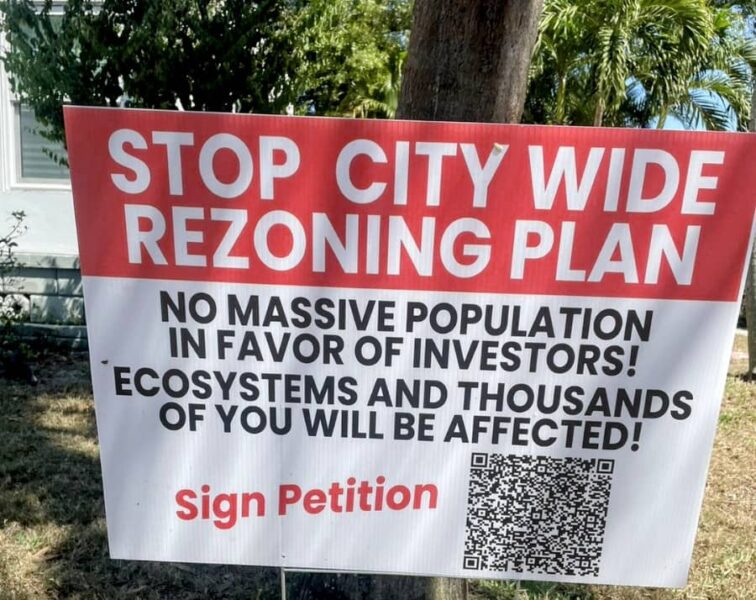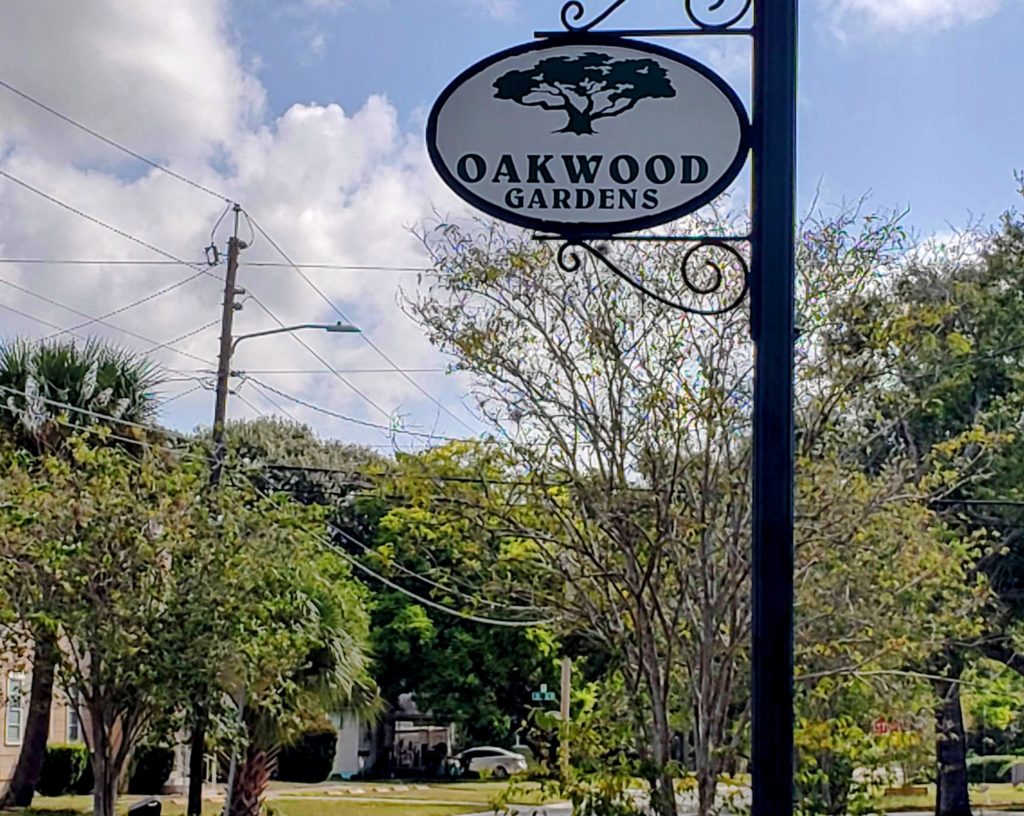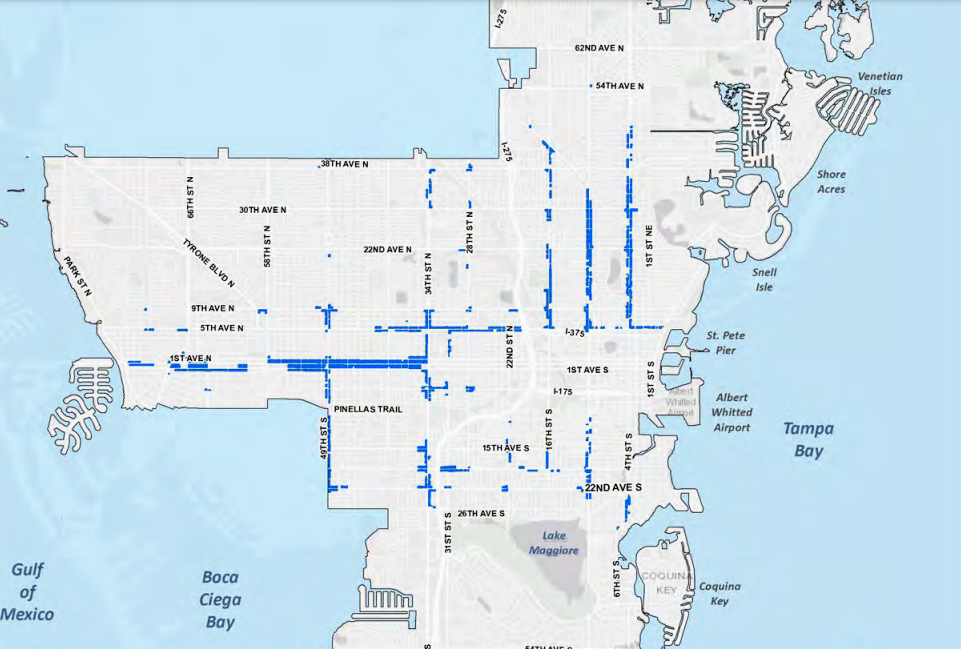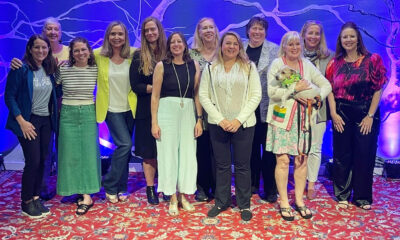Thrive
City officials increase housing options through zoning changes

After several years of planning, discussions and meetings, the St. Petersburg City Council has enacted zoning changes that allow density increases on nearly 3,000 properties.
While administrators and council members realize the changes may not directly address the ongoing affordable housing crisis, they believe a measured approach to boost density will provide much-needed options for a growing city. The initiative passed 7-1 during the March 23 meeting, and homeowners in the city’s urban core can now build or create up to four units in areas traditionally reserved for single-family homes.
The new zoning rules are effective immediately and apply to 2,895 lots. Like the ordinance’s first reading, the final public hearing went well into the night, with the preponderance of residents again speaking against the proposal.
However, most city officials agreed that recent compromises helped address those concerns and that their worst fears were unfounded. The council also mandated that affected properties feature a five-foot setback.
“There’s so much fear-mongering around this topic,” said Council Chair Brandi Gabbard. “I want us to really focus on what the goal is, and the goal is creating more opportunity where all of our community can grow. Grow together, and grow together as neighbors who welcome each other.”
The new Neighborhood Traditional Mixed Residential (NTM-1) zoning rules apply to properties within 175 feet of “future major streets” and currently high-trafficked roads. They must also abut an alley.
Lot size and development will dictate whether an owner can create an accessory dwelling unit, duplex, triplex or quadruplex, and each must feature corresponding parking spaces. City officials mandated that properties with three or more units must abut a paved alley for parking and include additional space for garbage pickup due to community concerns.
In addition, new and converted homes must match the neighborhood’s character and meet current size restrictions.

According to city maps, NTM-1 zoning will increase density in neighborhoods such as Oakwood Gardens, located near 16th Street and 30th Avenue North. Photo by Mark Parker.
The potential detriment to neighborhood character was a sticking point for many public speakers and Councilmember Ed Montanari, who voted against the changes. He called that a “core value” and noted the city’s affordable housing stock would likely remain unaffected by the density increases.
“I can’t support this NTM-1 zoning that can damage neighborhoods in our city when we have all this space we can build on right now,” Montanari said.
He also motioned to exempt properties in national historic districts, which failed on a 4-4 vote.
While most residents adamantly opposed the zoning changes, some local business leaders spoke in favor of a measured approach to increase density in a city with little vacant land. Jason Mathis, CEO of the St. Petersburg Downtown Partnership, began his remarks by crediting the council for its “professionalism and patience” through a contentious topic.
“I know the original proposal was to do it (NTM-1) city-wide – I don’t think that was the right approach,” Mathis said. “I think this is a thoughtful approach, and the Downtown Partnership encourages you to support this as a way to add density, which is part of the solution for affordable housing.”
Mayor Ken Welch previously noted the zoning changes were a hot topic during his first City Hall on Tour event, held March 20 at Walter Fuller Recreation Center in west St. Pete, just three days before the final vote. He said the people who spoke against the measure at his “Coffee with Ken” corner feared the new rules would degrade their single-family neighborhoods – or the “worst-case scenario.”
He reiterated his stance that the city should forgo city-wide upzoning and instead take “a very measured step” to increasing density through NTM-1.
City development administrator James Corbett spoke on Welch’s behalf at the March 23 council meeting. He said that although officials could not create more land for housing, they could strategically increase density allowances.
“We were thoughtful in our approach to ensure that we mitigated any negative impacts to the neighborhood’s aesthetics and livability,” Corbett added. “Increasing demand for missing middle housing pushes cities and counties nationwide to rethink solutions for first-time homebuyers, smaller families, couples, retirees aging in place, adults with disabilities, car-free households and many others.
“We believe this housing initiative will better position those families to better find a new place to call home in the City of St. Petersburg.”

A map highlighting areas of St. Petersburg affected by the zoning changes. Screengrab.
Councilmember Gina Driscoll said the NTM-1 discussions highlighted the need for future conversations regarding design standards. She expressed her dismay with some projects downtown and said city officials could better protect historic neighborhoods.
However, Driscoll said those topics go “way beyond” specific zoning changes and are best suited for another meeting. She also hoped the meeting clarified common misconceptions surrounding parking, regulations and affordability.
She relayed that one of her favorite statements through the extensive public hearing was from a man who said he just wanted more neighbors.
“To me, more neighbors means strong neighborhoods,” Driscoll said. “It’s more people who get involved; it’s more people who care. And believe it or not, there are even renters out there who care. I’m one of them.”
To view an interactive map of affected properties, visit the website here.








Jonathan A Ginsberg
March 27, 2023at3:04 pm
Thank You City Council and Mayor Welch for passing this common sense measure. Its real simple – we need more housing – and the corridors are the best places to expand housing. Bravo!
Kari
March 27, 2023at1:07 pm
Thanks for approving some gentle density increases. We already see old homes being demolished and a huge McMansion being built in place. All this does is allow an additional resident to occupy these homes and maybe a third resident in a rear ADU. The worst case scenario of 4 residents with garages is not as bad as people are imagining and many similar residences are already built around Saint Petersburg. Currently many new ADUs have 2 garages on the alley side.